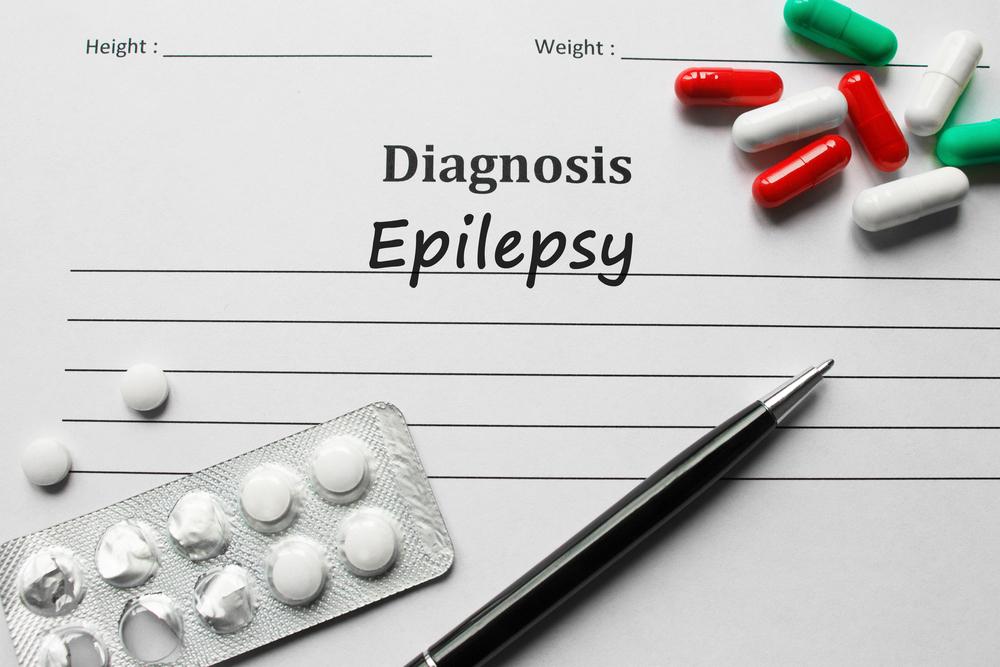Symptoms of Different Types of Epileptic Seizures
Epilepsy is a neurological condition that causes seizures. A person is said to have epilepsy if he experiences two or more seizures, a disorder in the electrical communication between neurons in the brain, separated by a period of 24 hours. The consequences of an epileptic seizure can vary from uncontrolled jerking movement to momentary loss of awareness. These can also vary in frequency, from several times in a day to only once in a year.

Types of epileptic seizures and their symptoms
Differentiating seizure types is important for causes, diagnosis, and treatment. Epilepsy seizure symptoms are broadly classified into two groups – focal seizures and generalized seizures.
Focal seizures are the ones which initially affect only one hemisphere of the brain. There are four lobes in each hemisphere of the brain. The seizure symptoms vary based on where the seizure has occurred. This is further divided into two categories:
Focal aware seizure – This affects only a small area of the brain and people experiencing this type of seizure remain conscious. The common symptoms include the following.
- A sudden feeling of fear, anger, anxiety
- Falling or moving sensations
- Altered sense of hearing
- Strenuous speech or incapable of speaking
- If asleep, hallucinations or illusions
Focal impaired awareness seizure – This is associated with unilateral cerebral hemisphere and results in impairment of awareness. The common symptoms include the following. - A feeling of déjà vu, a feeling that a person has lived through the present situation
- A feeling of euphoria or depersonalization
- Display of automatisms like, lip smacking or swallowing
Generalized seizures – These are typically characterized by no apparent cause. Unlike focal seizures, it affects more or the whole part of the brain. This is further classified into the following types.
Tonic-clonic seizures
This type of seizure, also called convulsion, affects the entire brain and is most commonly associated with epilepsy. It is a combination of tonic and clonic seizures. Symptoms of the tonic phase are as follows:
- Stiffened muscles followed by their extension
- Cry or groan heard due to contraction of chest muscles
- The person may lose consciousness and fall on the floor
- Biting of tongue or cheek
The symptoms observed during the clonic phase are as follows:
- Rhythmic and rapid jerking of arms and legs
- A person may roll and stretch as seizure spreads
Absence seizures
Also referred to as petit mal seizures, it is associated with a lapse in awareness, which begins and ends abruptly and lasts only for a few seconds. These epilepsy seizure symptoms might include the following. - The person may look as if he is daydreaming or staring aimlessly
- Eyes may turn upwards and lids might blink
- The person might rub fingers or make other hand movements
- The person does not fall over and may return to the normal position immediately after seizure ends
- Typical absence seizures last for less than 10 seconds, whereas atypical absence seizures last for up to 20 seconds
Atonic seizures
Atonic seizures cause partial or complete loss of muscle tone due to temporary alterations in brain function. The seizure starts in one or both areas of the brain, and the body suddenly goes limp. The common symptoms include the following. - In the sitting position, the upper body may slump over
- In standing position, the person may fall on the floor
- There is a noticeable head drop, in case of loss of tone in neck muscles
- A seizure may last only up to 15 seconds
Tonic seizures
This seizure is associated with the sudden stiffening of the body, arms or legs. The common symptoms are: - A person may experience a small change in awareness
- A person may turn blue if breathing is impaired
- These are short and last for up to 20 seconds
Clonic seizures
Clonic seizures happen with the continuous rhythmic jerking of the body or parts of the body. These movements are difficult to seize with repositioning of body parts. These types of epilepsy seizure symptoms include the following. - Shaking of the limbs in unison
- Regular jerking movements of body parts
- Stiffening of muscles which can last for up to 2 minutes
Myoclonic seizures
This seizure involves very brief muscle contraction resulting in jerky movements. The typical symptoms are: - Sudden jerks and twitching of the body
- Arms may fling out together with a simultaneous head nod
- Person is unconscious during the seizure, but the extremely short duration makes him appear as if he is conscious
- Babies can experience shuddering attacks
- Severe cases may show distorted movement and even limit the person’s capability to eat, walk or talk
Epilepsy can be a result of a genetic or acquired cause. The best treatment for epilepsy depends on the diagnosis of seizure type. The treatment methods can range from consuming anti-epileptic medicines to herbal and dietary therapies, to involvement of equipment and surgeries. Not all cases of epilepsy are life long, and many people improve to the point that treatment may no longer be required. Finally, patients with this medical condition deserve the love and support of their families to manage this condition.




